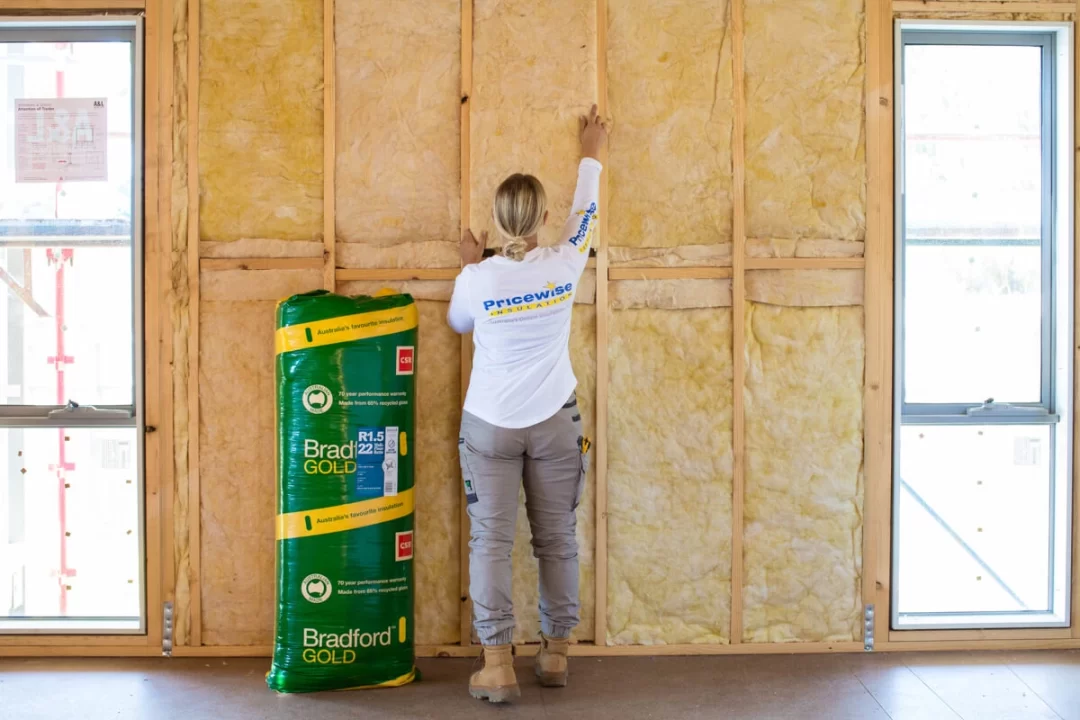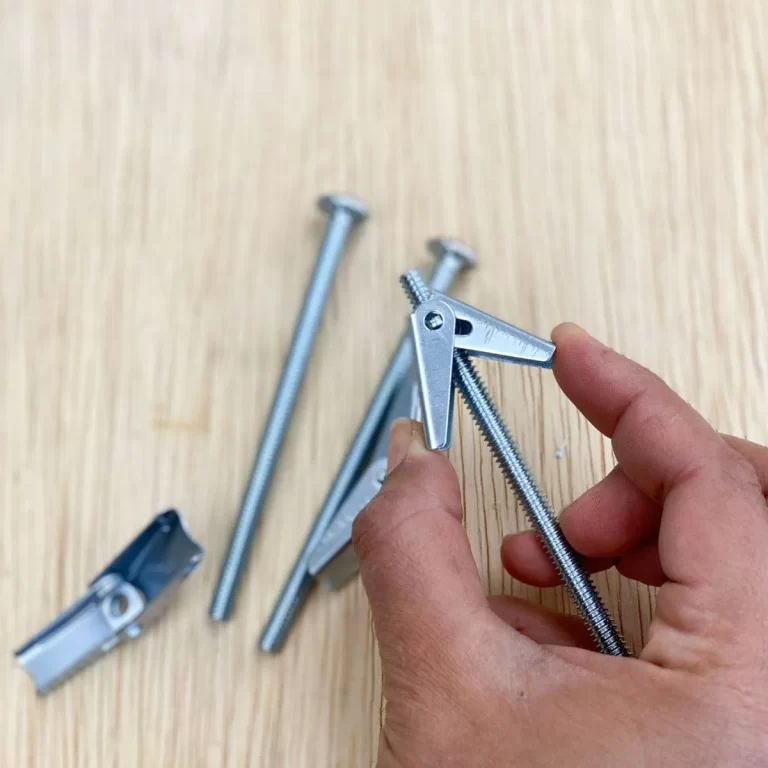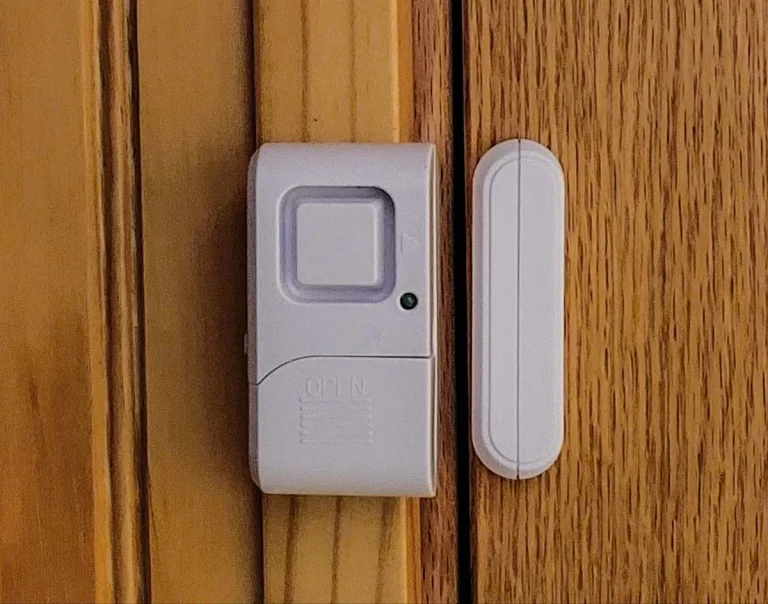How Do I Insulate My House for Winter? 25 Expert Steps
How do I insulate my house for winter? Learn how to effectively insulate your house for winter and keep it warm and cozy. Follow these expert tips and tricks to stay comfortable during the chilly months.

How Do I Insulate My House for Winter?
Proper insulation not only keeps the cold out but also helps save on energy bills.
In this comprehensive guide, we’ll explore various methods and techniques to effectively insulate your house for winter, allowing you to stay warm and comfortable throughout the season.
Insulating your house for winter requires careful planning and execution. Follow these expert steps to prepare your home for the chilly months ahead:
1. Assess Your Home’s Current Insulation
The first step is to determine your home’s current insulation status. Check for gaps, cracks, and areas that might need improvement.
Conduct a thorough inspection of windows, doors, attic, walls, and floors to identify any potential heat loss points.
2. Seal Gaps and Cracks
Sealing gaps and cracks is an essential aspect of insulation. Use weatherstripping, caulk, or sealant to fill any openings around doors, windows, and other vulnerable areas.
This prevents cold drafts from entering and warm air from escaping.
3. Enhance Window Insulation
Windows are significant sources of heat loss during winter. Consider adding storm windows or insulating films to create an additional barrier against the cold.
Heavy curtains and blinds can also help in trapping heat indoors.
4. Utilize Door Draft Stoppers
Place door draft stoppers at the bottom of exterior doors to prevent cold air from creeping in. You can purchase these stoppers from stores or even create DIY versions with simple materials.
5. Optimize Attic Insulation
A well-insulated attic is crucial for preventing heat loss. Add insulation to your attic, ensuring it meets recommended R-values for your region. This step will significantly improve your home’s energy efficiency.
6. Insulate Walls
Consider insulating your walls if they are not already insulated. This process may involve hiring professionals to inject insulation into the walls’ cavities or adding insulating panels to the interior.
7. Seal Ductwork
Leaky ducts can waste a considerable amount of energy. Seal your ductwork to ensure that warm air from your heating system reaches its intended destination efficiently.
8. Install a Programmable Thermostat
A programmable thermostat allows you to control your home’s temperature more efficiently. You can set it to lower the temperature when you are away or asleep, saving on heating costs without sacrificing comfort.
9. Consider Insulating Floors
If your house has a crawl space or basement, consider insulating the floors above them. This will help in keeping the floors warmer and reduce heat loss.
10. Use Area Rugs and Curtains
Area rugs on hardwood or tile floors and heavy curtains can add an extra layer of insulation to your home. They help retain heat and create a cozier atmosphere.
11. Utilize Insulating Paint Additives
Insulating paint additives are designed to improve the insulating properties of regular paint. Consider using these additives on exterior walls to enhance your home’s thermal resistance.
12. Take Advantage of the Sun
During sunny days, open your curtains and blinds to allow sunlight to naturally heat your home. Close them at night to retain the warmth.
13. Insulate Water Heater and Pipes
To save on energy costs, insulate your water heater and hot water pipes. This ensures that you get hot water faster and reduces heat loss.
14. Consider Insulated Siding
Insulated siding can help improve the energy efficiency of your home’s exterior walls. It acts as a protective layer and reduces thermal bridging.
15. Seal Electrical Outlets and Switches
Electrical outlets and switches on exterior walls can be sources of cold drafts. Install foam gaskets behind them to prevent heat loss.
16. Insulate Chimneys and Fireplaces
Chimneys and fireplaces can be escape routes for warm air. Use fireplace draft stoppers and insulate the flue to minimize heat loss.
17. Weatherize the Garage
If your garage is attached to your home, ensure it is properly weatherized. Insulate the walls and garage door to prevent cold air from infiltrating your living spaces.
18. Insulate Pipes in Unheated Areas

Pipes in unheated areas like the garage or basement can freeze during winter. Insulate them with pipe sleeves to avoid bursting.
19. Check for Government Incentives
In some regions, there are government incentives or tax credits for energy-efficient home improvements. Check for available programs that can help offset the cost of insulation.
20. Consult a Professional
If you are unsure about the best insulation approach for your home, consider consulting a professional insulation contractor. They can provide personalized recommendations based on your house’s specific needs.
21. Embrace Eco-Friendly Insulation Options
Explore eco-friendly insulation materials like cellulose, recycled denim, or sheep’s wool. These options offer sustainable solutions for a well-insulated home.
22. Educate Yourself on DIY Insulation
For smaller insulation projects, educate yourself on safe and effective DIY insulation methods. This can save you money and empower you to tackle minor insulation tasks.
23. Monitor Energy Consumption
After insulating your home, keep track of your energy consumption and bills. This will help you assess the effectiveness of your insulation efforts and identify areas for further improvement.
24. Prepare for Winter Storms
In regions prone to severe winter storms, take additional precautions like installing storm shutters and reinforcing doors to protect against harsh weather.
25. Celebrate Your Warm and Cozy Home
Finally, rejoice in the warmth and comfort of your well-insulated home during the winter months. Relax by the fireplace, enjoy family time, and create lasting memories in your cozy abode.
Conclusion
Insulating your house for winter is a valuable investment that pays off in comfort and energy savings.
By following the steps outlined in this comprehensive guide, you can create a well-insulated home that keeps you warm throughout the coldest months of the year.
From sealing gaps and cracks to embracing eco-friendly insulation options, each approach contributes to a cozier living space.
So, take charge of your winter comfort and enjoy the delights of the season in a warm and snug environment.
READ ALSO!!!





